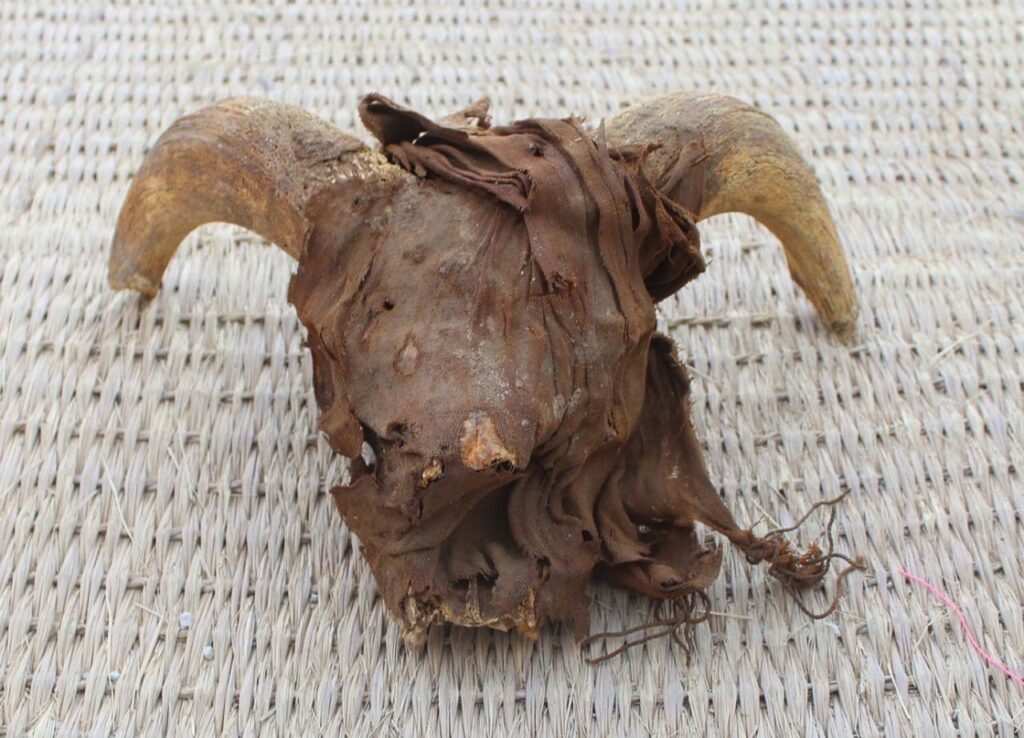A team of researchers discovered 2,000 mummified ram heads inside a temple in one of ancient Egypt’s oldest and most sacred cities, officials said.
The team, led by researchers with the University of New York, were working inside the Temple of Ramses II when they unearthed the massive collection of mummified heads, Egypt’s Ministry of Tourism and Antiquities said in a March 25 news release.
Alongside the ram remains, the team found mummified goats, dogs, cows, deer and a single ostrich, officials said.

These were likely offerings left to honor Ramses II, who was buried in the storied ancient city of Abydos, after an influential reign spanning 67 years from 1279-1213 B.C.E.
But this elaborate gift wasn’t given until 1,000 years after Ramses II’s death, suggesting that the pharaoh’s life and deeds were remembered long after his time, team lead Sameh Iskandar said.
Ramses II was thrust into conflict at a young age, taking the throne at age 14 as Egypt battled the Hittites, according to the Smithsonian. It was the first of many military victories that would be laid at the pharaoh’s feet, and while it’s not clear how much of his legend is truth or embellishment, there’s little question he ruled during a period of wealth, growth, and a great deal of construction.

Researchers in Abydos also uncovered a massive building at the site “with a distinctive and unique architectural design” and walls measuring roughly 15 feet thick, the release said.
The structure, which is from Egypt’s sixth dynasty and predates Ramses II’s rule, could change the way experts think about the city of Abydos and how it might have been prior to the construction of the temple of Ramses II.
___
© 2023 The Charlotte Observer
Distributed by Tribune Content Agency, LLC



